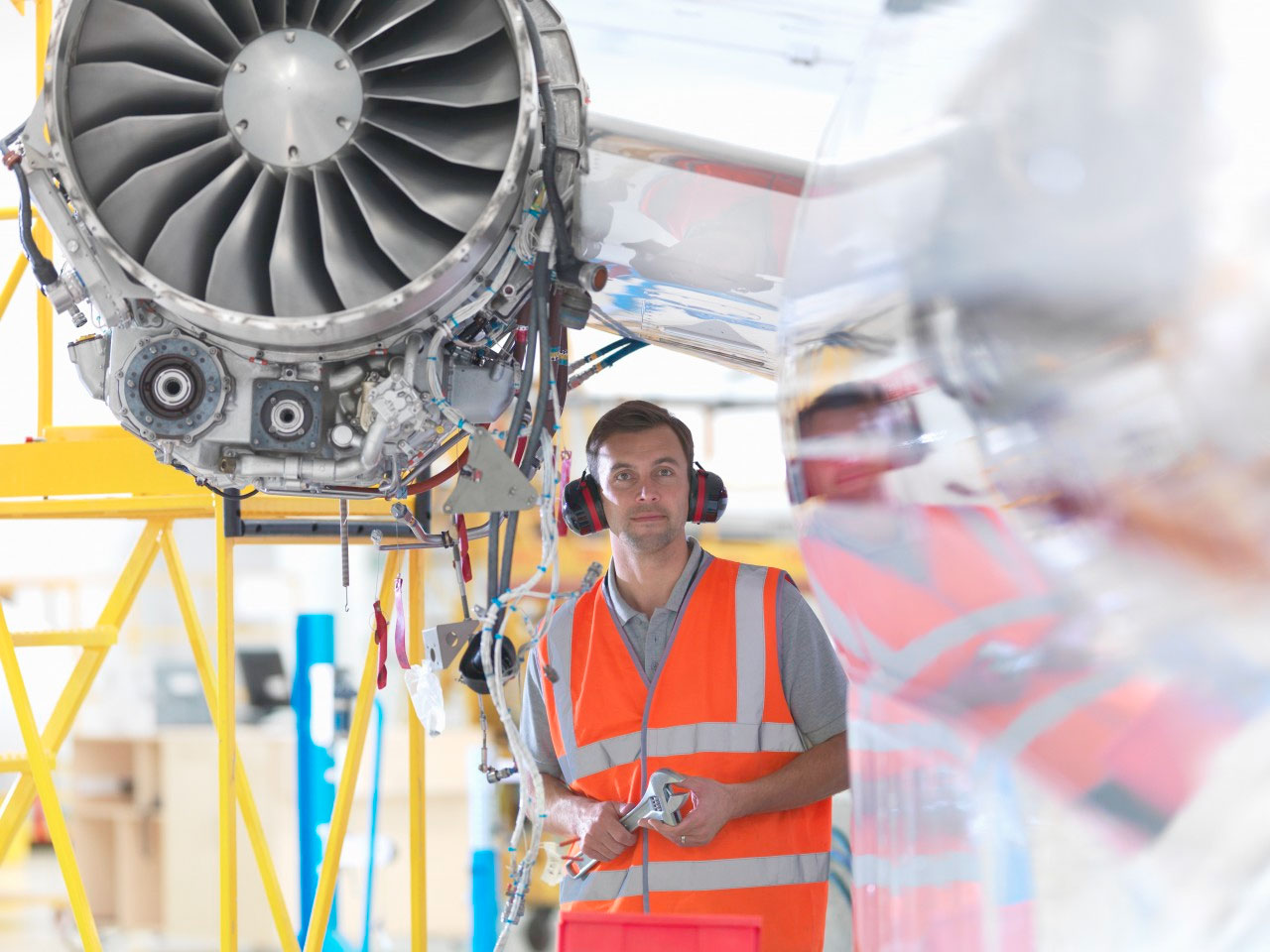
Are airplanes safe? Absolutely. Aircraft safety has improved dramatically over the years, making flying one of the safest modes of transportation. Modern planes are equipped with advanced technology, rigorous maintenance schedules, and highly trained crews to ensure passenger safety. Statistically, the odds of being in a plane crash are extremely low. In fact, you're more likely to be struck by lightning than to experience an aviation accident. Aircraft safety protocols are constantly updated to address new challenges and improve existing systems. From takeoff to landing, every aspect of your flight is meticulously planned and monitored. So next time you board a plane, rest assured that you're in safe hands.
Key Takeaways:
- Flying is statistically safer than driving, with rigorous pilot training and advanced technology ensuring passenger safety in modern aircraft.
- Passengers can contribute to their own safety by following crew instructions, keeping seat belts fastened, and staying calm during emergencies.
Understanding Aircraft Safety
Aircraft safety is a topic that interests many people, especially those who frequently travel by air. Despite common fears, flying is one of the safest modes of transportation. Here are some fascinating facts about aircraft safety that might surprise you.
-
Flying is Safer Than Driving: Statistically, air travel is much safer than car travel. The odds of dying in a car accident are significantly higher than in a plane crash.
-
Rigorous Pilot Training: Pilots undergo extensive training before they can fly commercial aircraft. This includes thousands of hours of flight time and continuous education on safety protocols.
-
Advanced Technology: Modern aircraft are equipped with advanced technology that helps prevent accidents. This includes systems like Traffic Collision Avoidance Systems (TCAS) and Ground Proximity Warning Systems (GPWS).
Aircraft Design and Maintenance
The design and maintenance of aircraft play a crucial role in ensuring passenger safety. Engineers and technicians work tirelessly to keep planes in top condition.
-
Regular Inspections: Aircraft undergo regular and thorough inspections. These checks ensure that every part of the plane is functioning correctly and safely.
-
Redundancy Systems: Planes are designed with multiple backup systems. If one system fails, another can take over, ensuring the aircraft can still operate safely.
-
Stringent Manufacturing Standards: Aircraft manufacturers must adhere to strict safety standards. Every component is tested rigorously before being approved for use.
Safety Protocols and Procedures
Airlines and aviation authorities have established numerous safety protocols and procedures to protect passengers and crew.
-
Pre-Flight Safety Briefings: Before every flight, passengers receive a safety briefing. This includes information on how to use seat belts, oxygen masks, and emergency exits.
-
Cabin Crew Training: Flight attendants are trained to handle emergencies. They know how to perform first aid, evacuate passengers, and manage in-flight crises.
-
Security Measures: Airports and airlines implement strict security measures. This includes screening passengers and luggage to prevent any dangerous items from being brought on board.
Emergency Preparedness
Despite the low likelihood of an emergency, airlines are prepared for any situation that might arise during a flight.
-
Emergency Drills: Airlines conduct regular emergency drills. These exercises help crew members stay prepared for various scenarios, from medical emergencies to evacuations.
-
Life-Saving Equipment: Planes are equipped with life-saving equipment like life vests, rafts, and emergency oxygen. This equipment is regularly checked and maintained.
-
Communication Systems: Aircraft have advanced communication systems that allow pilots to stay in constant contact with air traffic control and other planes. This helps coordinate responses in case of an emergency.
Passenger Responsibilities
Passengers also play a role in ensuring their own safety while flying. Following instructions and being aware of safety protocols can make a big difference.
-
Listening to Crew Instructions: Paying attention to the safety briefing and following crew instructions can significantly increase your chances of staying safe during an emergency.
-
Keeping Seat Belts Fastened: Keeping your seat belt fastened while seated can protect you from unexpected turbulence, which is a common cause of in-flight injuries.
-
Staying Calm: In an emergency, staying calm and following the crew's directions can help ensure a safe and orderly evacuation. Panic can lead to chaos and increase the risk of injury.
Final Thoughts on Aircraft Safety
Aircraft safety is a topic that affects everyone who flies. Knowing that modern planes are designed with advanced technology and strict regulations can ease many worries. Pilots undergo rigorous training, and air traffic controllers work tirelessly to ensure safe skies. Statistics show that flying is one of the safest modes of transportation. Safety features like reinforced cockpit doors, advanced navigation systems, and regular maintenance checks contribute to this record. Understanding these facts can make your next flight more comfortable. So next time you board a plane, remember the layers of safety in place. It’s not just about getting from point A to point B; it’s about doing so securely. Keep these facts in mind, and you’ll see flying in a whole new light. Safe travels!
Frequently Asked Questions
Was this page helpful?
Our commitment to delivering trustworthy and engaging content is at the heart of what we do. Each fact on our site is contributed by real users like you, bringing a wealth of diverse insights and information. To ensure the highest standards of accuracy and reliability, our dedicated editors meticulously review each submission. This process guarantees that the facts we share are not only fascinating but also credible. Trust in our commitment to quality and authenticity as you explore and learn with us.


